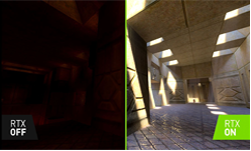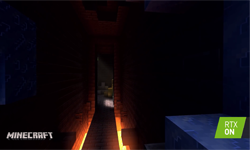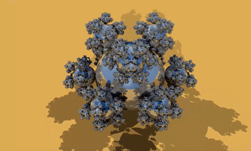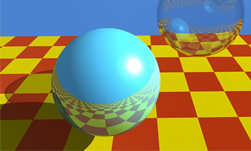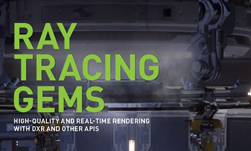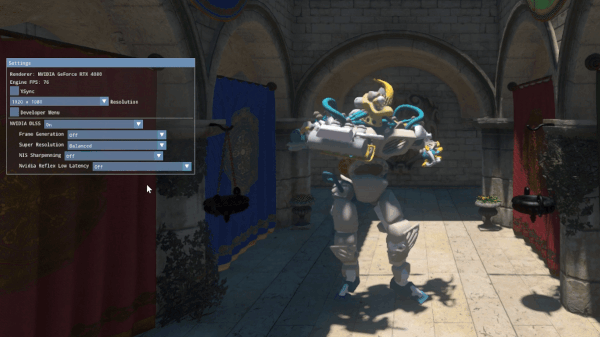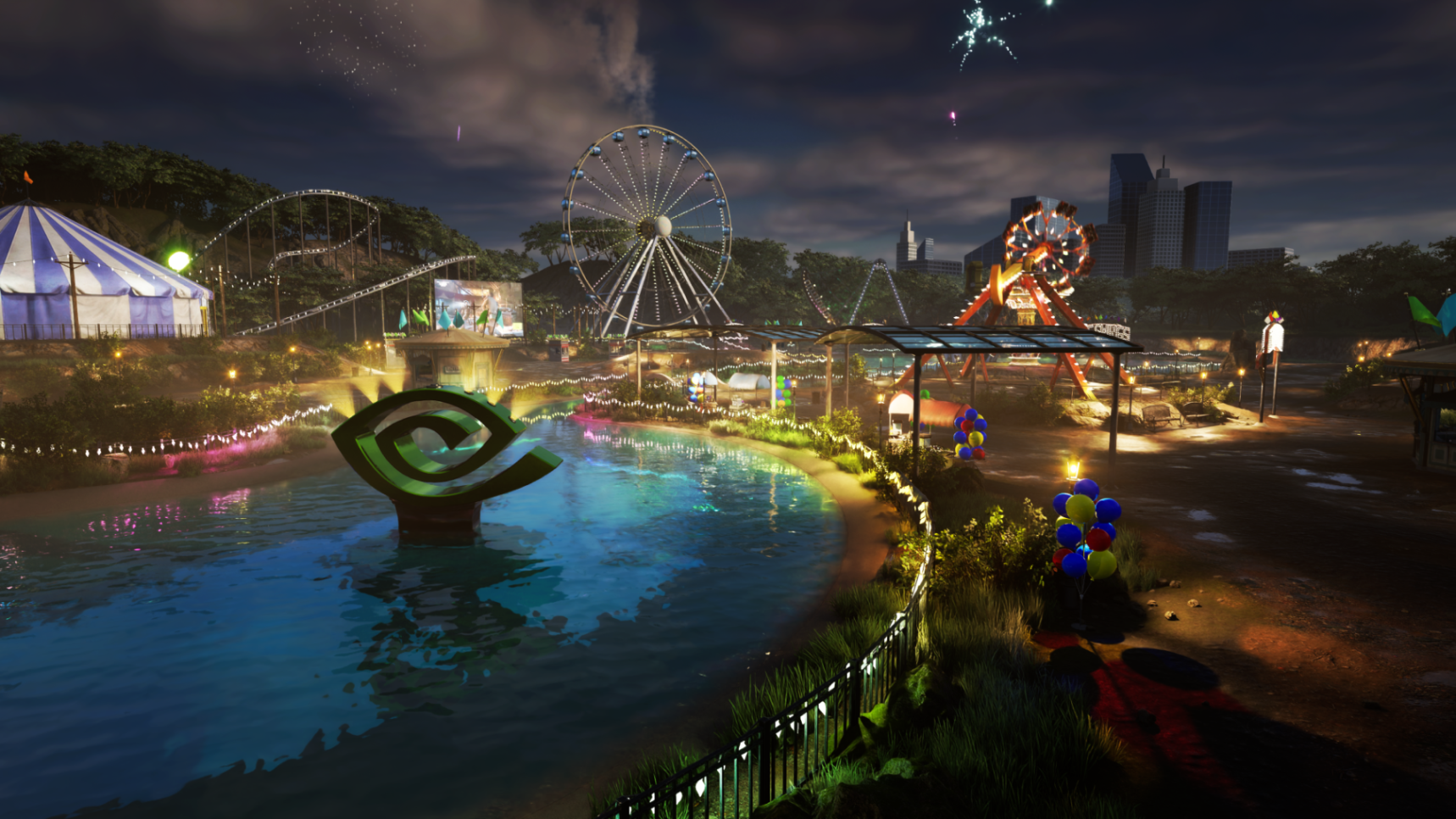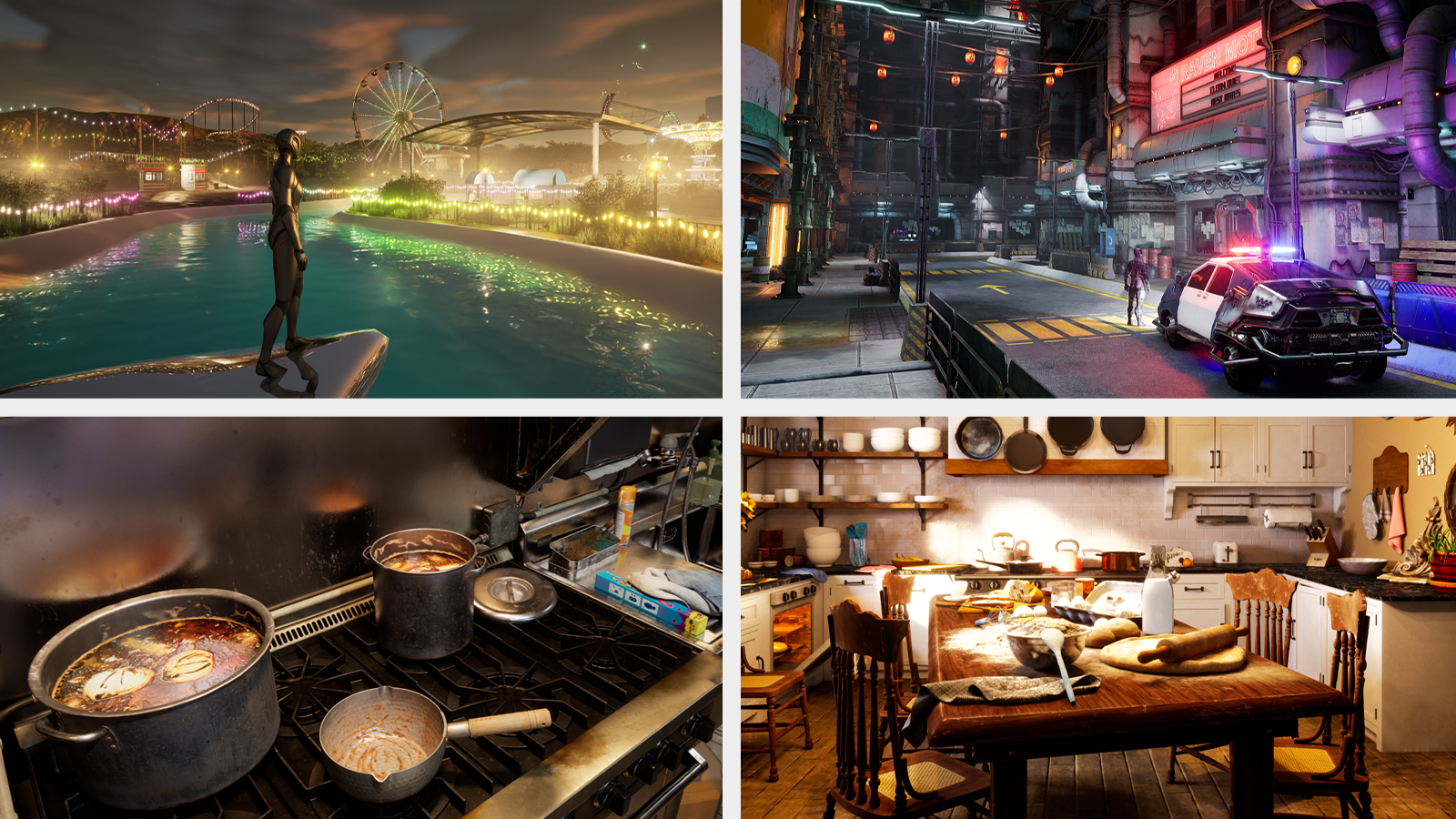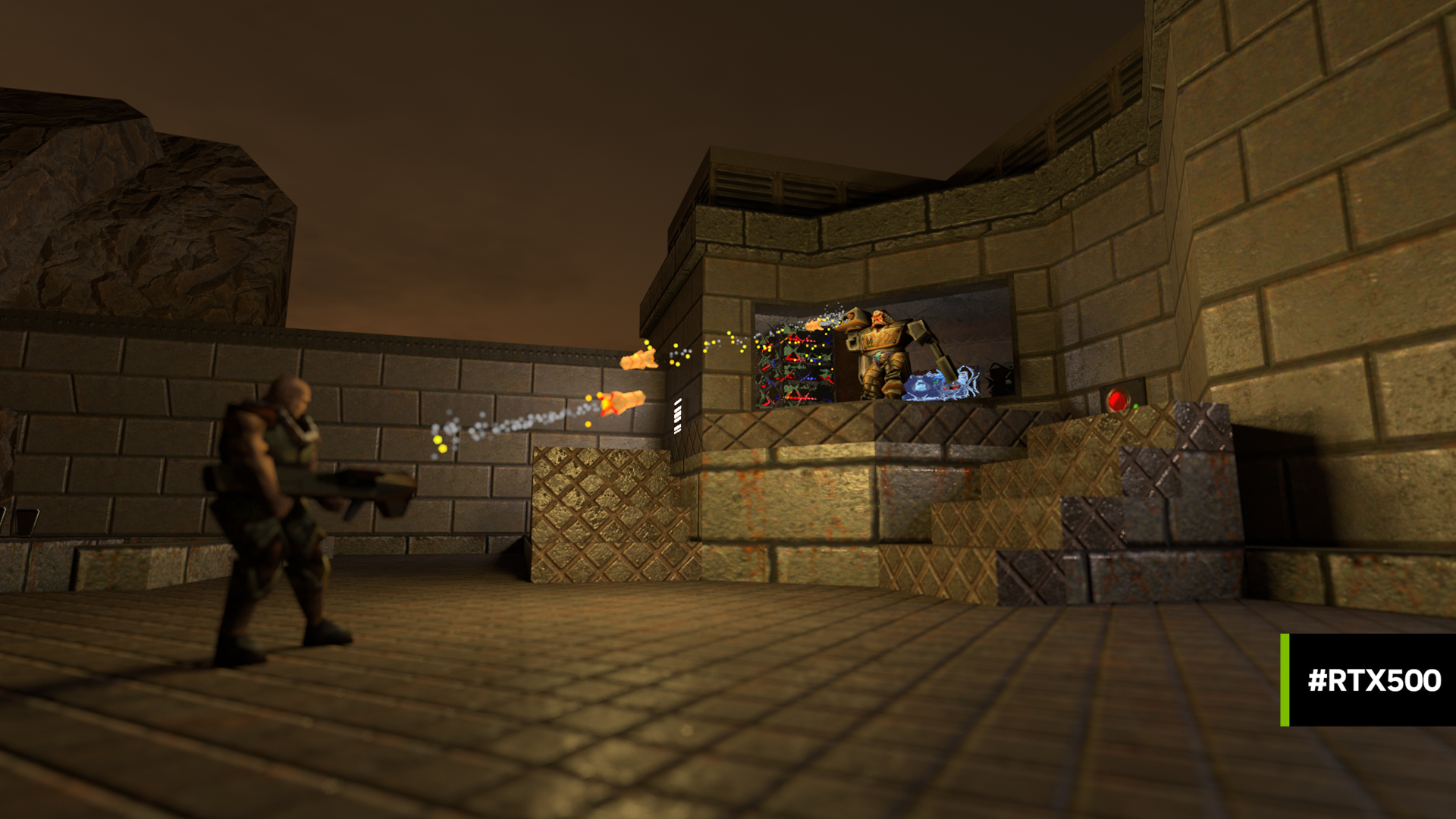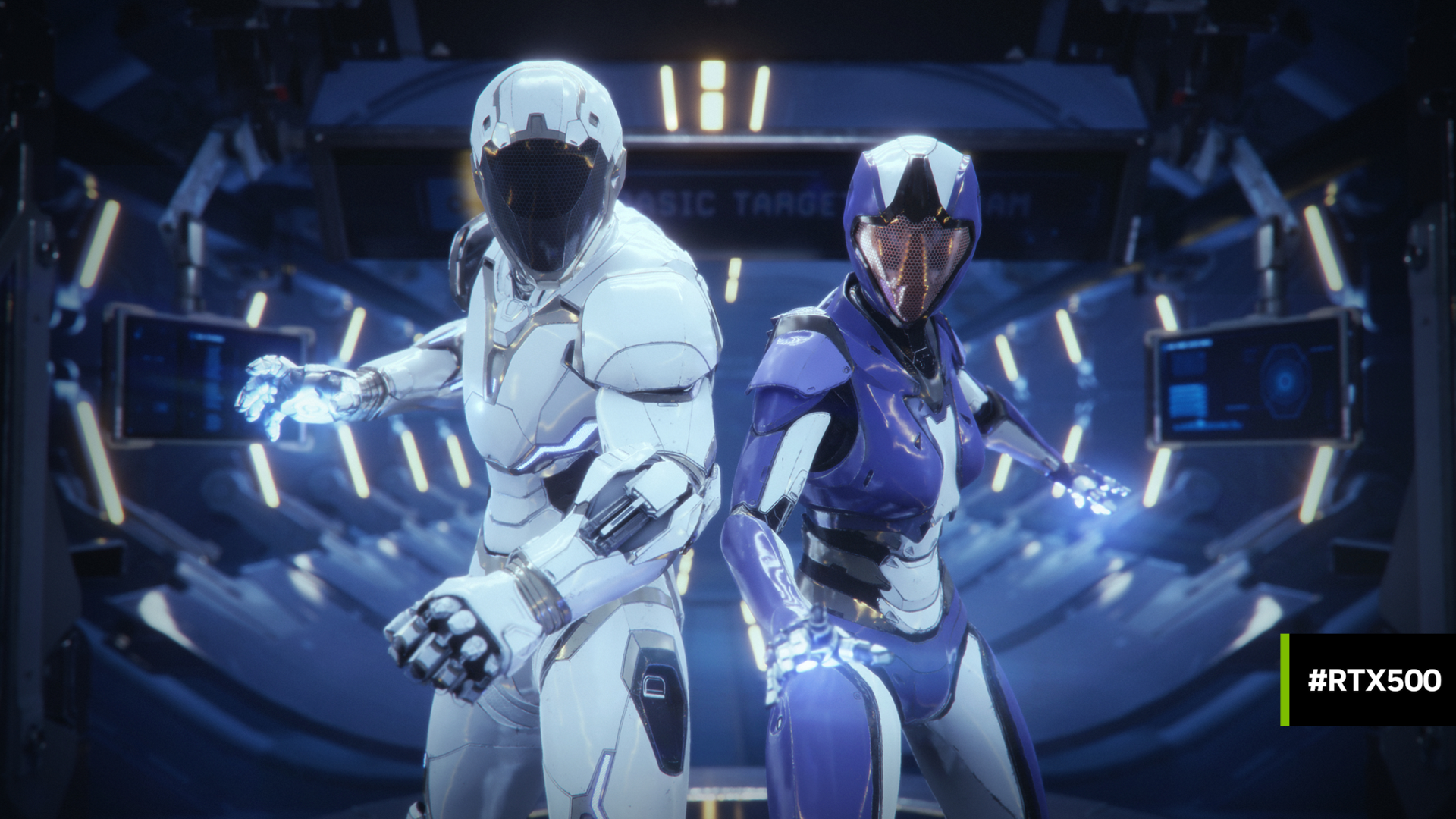NVIDIA recently published Ray Tracing Gems, a deep-dive into best practices for real-time ray tracing. The book was made free-to-download, to help all developers embrace the bleeding edge of rendering technology.
Ray Tracing Essentials is a seven-part video series hosted by the editor of Ray Tracing Gems, NVIDIA’s Eric Haines. The aim of this program is to make developers aware of various terms and concepts used in the field, while also inspiring them with dramatic and beautiful uses of the technology. This post is about the fourth video in this series, the Ray Tracing Pipeline.
Rasterization has a linear pipeline, typically with triangles input and pixel samples output.
Interactive ray tracing in DirectX 12 DXR, Vulkan, or OptiX starts with a ray and ends with a pixel sample, but along the way more rays can be generated to influence the final result.
Five new types of shaders are introduced for ray generation, intersecting custom primitives, and for controlling per-ray behavior.
Fast ray tracing can also be used for accelerating baking, generating ground-truth images, and other purposes.
Additional Resources
- A raytracing resources page
- The free Open Access book Ray Tracing Gems
- Ray Tracing Essentials Part 1: Basics of Ray Tracing
- Ray Tracing Essentials Part 2: Rasterization versus Ray Tracing
- Ray Tracing Essentials Part 3: Ray Tracing Hardware
- Ray Tracing Essentials Part 4: The Ray Tracing Pipeline
- Ray Tracing Essentials Part 5: Ray Tracing Effects
- Ray Tracing Essentials Part 6: The Rendering Equation
- Ray Tracing Essentials Part 7: Denoising for Ray Tracing
You can watch the all of the videos in the series on this YouTube Playlist.

